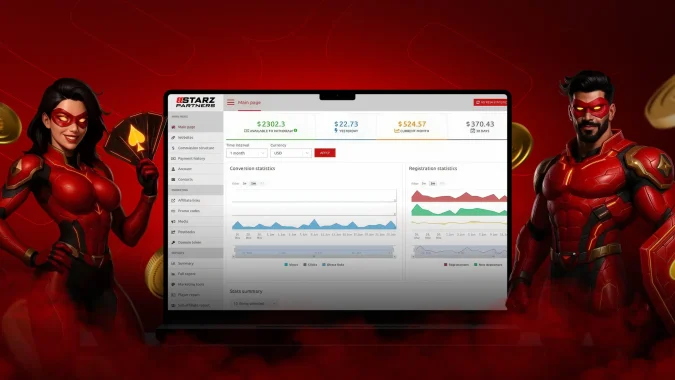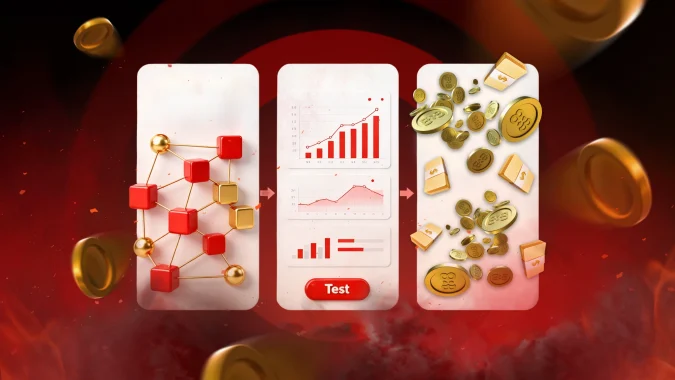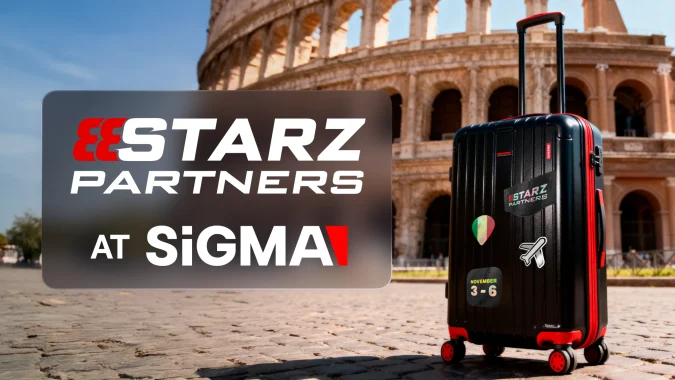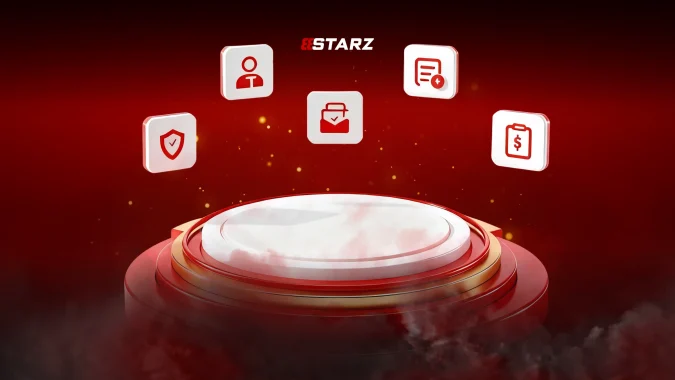What is CPC and How Does It Work
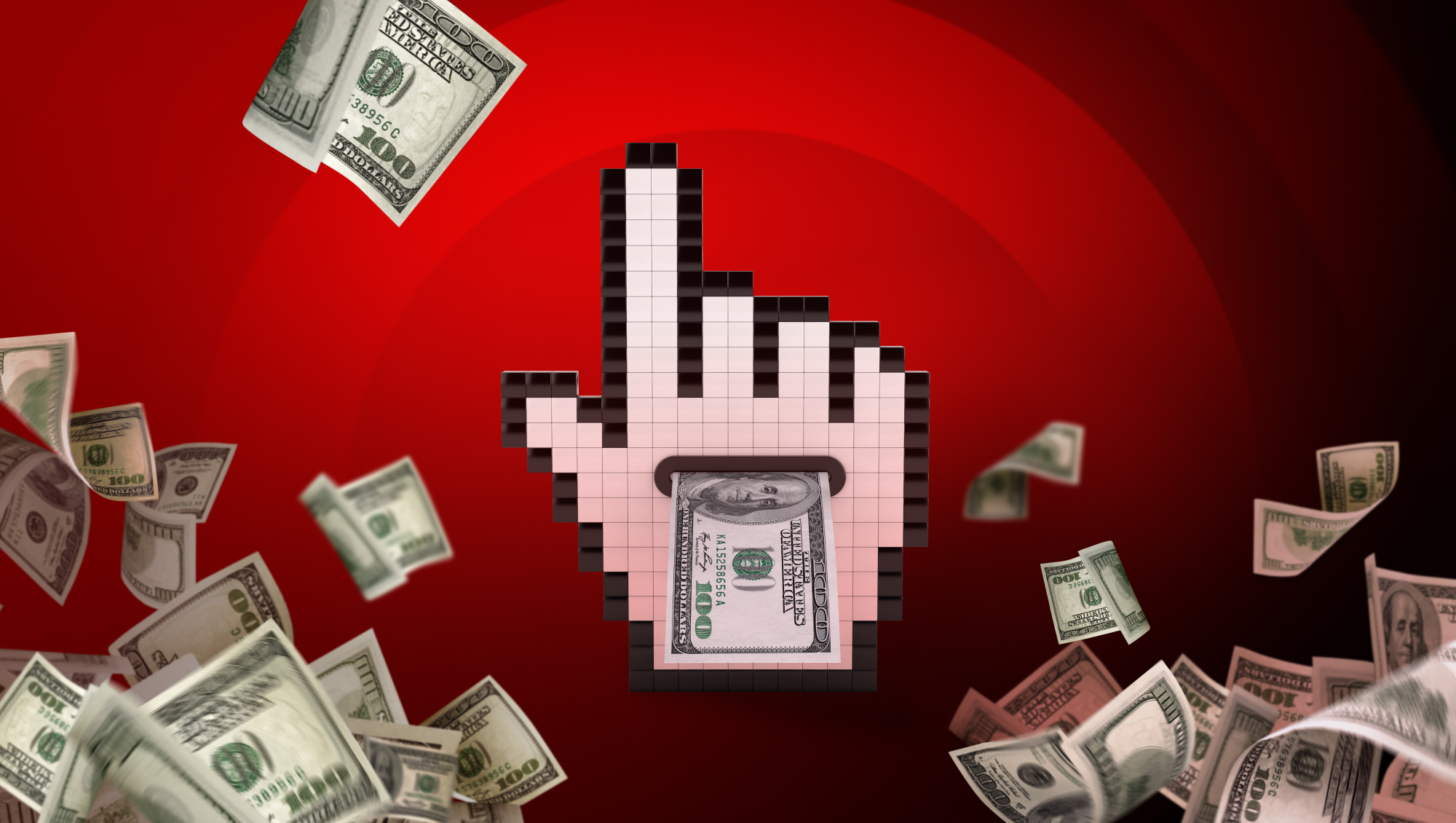
Advertising payment models vary: for views, clicks, targeted actions, and so on. But not every option will be equally appropriate — for example, Cost per Click is more suitable for contextual ads. In today’s article, experts from 888STARZ Partners will explain what CPC is, why this model is so popular, and how to reduce the cost per click to maximize profits.
How is CPC structured, and what is it
Your ad campaign is an investment with each click; reduced expenses translate into more revenue. Advertisers who use the CPC (Cost Per Click, Pay Per Click, or Click Cost) payment model pay a set sum for each click on the product’s advertisement. However, this word also refers to another statistic that is used to calculate the return on investment (ROI) of your advertising campaign: the click cost.
But how can you reduce CPC without sacrificing the quality of your traffic? First, let’s recognize why CPC is used by major ad networks like Google, Facebook, Amazon, and others — there’s a reason these platforms rely on it. This model offers affiliates control, allowing them to manually set their bid price for each click. However, not all networks work this way; some platforms automatically set the CPC for you.
At first glance, it may seem like simply setting the lowest bid and grabbing cheap traffic is a proper strategy, but it’s more complicated than that. The auction system comes into play. Based on the bids from webmasters, the ad network creates a pool of advertisements. The higher your bid, the more likely it is that your ad will appear in top positions, attracting more views and clicks.

To calculate CPC, use this simple formula:
CPC = total ad cost / number of clicks
But just knowing the cost per click formula isn’t enough. Here’s what the CPC in contextual ads depends on:
✅ Bid size: the larger the bid, the better the possibility of placing first in the auction.
✅ Ad quality score: Clickability is directly impacted by originality and relevancy.
✅ Competition: Thousands of webmasters vie for visitors’ attention in well-known categories like gambling.
✅ Offer theme: Depending on the topic, CPC might vary greatly.
Keep in mind that you only have to pay for a click if the user clicks on your advertisement because they are really interested. That is, even if the ad has a large reach, you won’t overpay for users who didn’t click.
Pros and cons of CPC
Cost Per Click might seem like an ideal model, but it has both advantages and disadvantages. Let’s start with the former:
- Flexible targeting settings.
Most networks allow configuring multiple target audience parameters, so you pay only for relevant traffic. - Payment only for results.
You pay only if there’s a click on the ad. After that, everything depends solely on your landing page and the offer itself. - Effective budget management.
Ads are a key expense for any affiliates. With a limited budget, working with cost-per-click becomes highly profitable and convenient. - Easy forecasting of expenses and profits.
CPC is a predictable model, so you won’t face unpleasant surprises when calculating budgets and revenues.
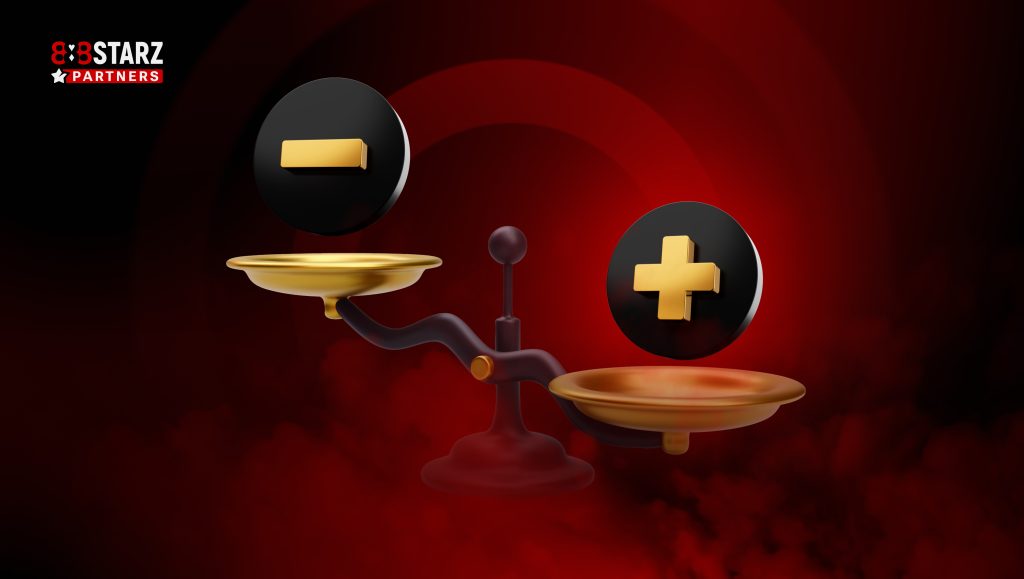
The disadvantages of CPC include:
- High ad costs.
Especially when working with top platforms in popular niches, where competition for clicks is extremely high. - Fraud risk.
When working with lesser-known networks, thoroughly check traffic quality to avoid scams. - Constant campaign optimization.
To maintain stable profit, you’ll need to regularly optimize campaigns: adjust bids, refine targeting, test creatives. Without this, earning will be difficult.
How to reduce click cost
Here are three main strategies for lowering Cost Per Click advertising:
Remove users who aren’t relevant
You may attract more relevant people and reduce click-through costs by fine-tuning targeting and carefully establishing audience demographics.
Boost the relevancy and quality of your ads
Algorithms in ad networks such as Google adverts and Facebook Ads evaluate the quality and relevancy of your adverts and promote them more aggressively than banners from rivals. To increase relevancy, include keywords in advertisements and link them to helpful websites.
Make use of thorough CTAs
More users will click on your ad and execute the desired action if your call-to-action is more comprehensive, which maximizes the gap between revenue and CPC costs.
Conclusion
CPC is an essential tool for webmasters that, when leveraged effectively, can drive down costs and increase profits. It’s not just about setting bids — it’s about fine-tuning your ads, evaluating traffic quality, and managing your budget efficiently. By following the strategies outlined here, you can optimize your campaigns, boost conversions, and cut unnecessary expenses.
However, if CPC doesn’t align with your goals, there are other highly profitable options to explore! At 888STARZ Partners, you’ll find RevShare, CPA, and hybrid models that let you earn from user actions and overall revenue. Pick the ideal monetization model to take your earnings to the next level!







